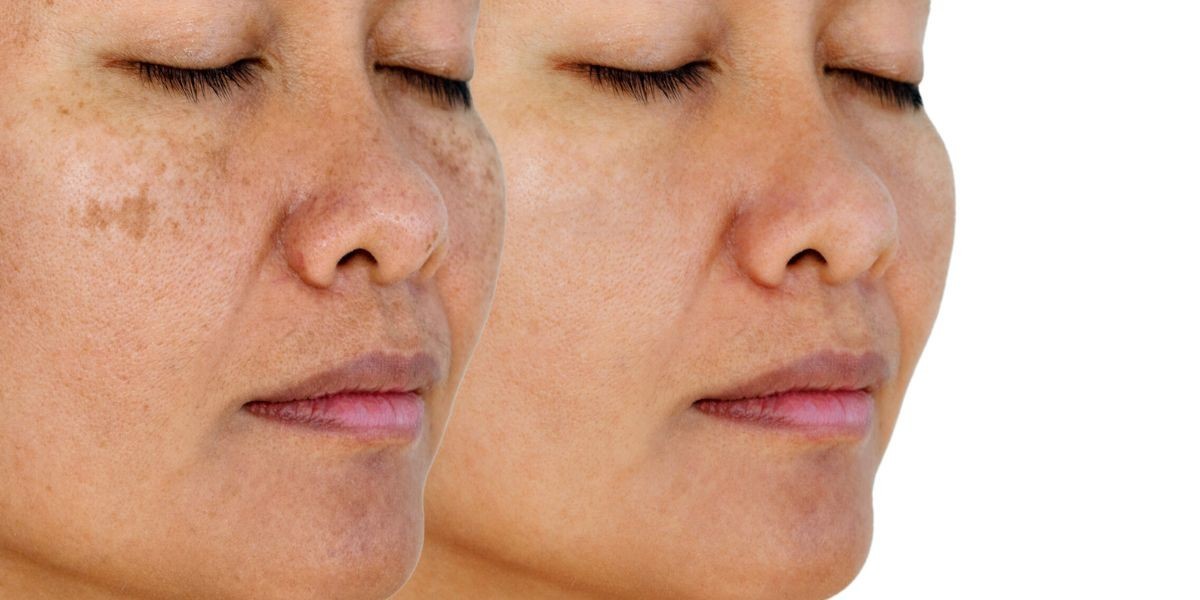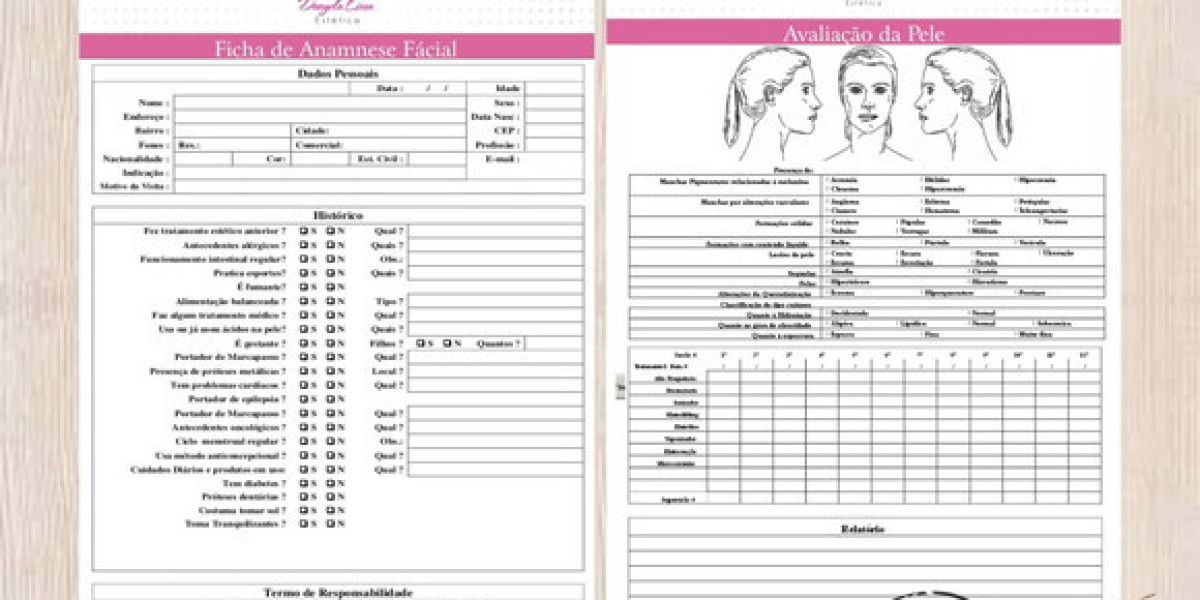Pigmentation issues affect many people, leading to uneven skin tone, dark spots, and a lack of confidence in one’s skin appearance. With numerous anti-pigmentation treatment kit on the market, finding the one best suited to your skin type can be challenging. In this article, we break down everything you need to know to select the best anti-pigmentation treatment kit, ensuring it’s tailored to your unique skin needs for effective and lasting results.
Understanding Pigmentation and Its Causes
Pigmentation refers to the color of the skin, primarily determined by melanin. When melanin production becomes uneven, dark spots, hyperpigmentation, or melasma can appear. The causes vary, including UV exposure, hormonal changes, age, genetics, and post-inflammatory hyperpigmentation. Recognizing the cause of your pigmentation is crucial, as it can influence which treatment kit will yield the best results.
Key Ingredients to Look for in an Anti-Pigmentation Treatment Kit
Selecting a kit with the right ingredients can make a significant difference in how quickly and effectively you see improvements. Here are some powerful, scientifically-backed ingredients to look for:
1. Vitamin C
Vitamin C is a potent antioxidant known for its brightening properties. It combats free radicals and helps reduce dark spots, revealing a more even complexion. When included in an anti-pigmentation kit, Vitamin C enhances radiance and reduces the appearance of pigmentation.
2. Niacinamide
Niacinamide (Vitamin B3) reduces melanin transfer and works as a skin-lightening agent. Known for its anti-inflammatory properties, it is suitable for sensitive skin types and helps to reduce redness and blotchiness.
3. Alpha Arbutin
This natural skin-brightening ingredient is effective in reducing melanin production. It’s gentle on the skin, making it ideal for those with sensitive skin looking to treat hyperpigmentation without irritation.
4. Glycolic Acid
Glycolic acid, a type of alpha hydroxy acid (AHA), exfoliates the skin, removing dead cells that often contain excess melanin. Its exfoliating action helps to brighten the skin and makes it an excellent choice for treating post-inflammatory pigmentation.
5. Kojic Acid
Derived from fungi, kojic acid lightens pigmentation by inhibiting tyrosinase, an enzyme essential for melanin production. Kojic acid is commonly used in pigmentation treatment kit due to its effective brightening properties.
6. Retinoids
Retinoids increase cell turnover and are particularly effective at fading dark spots. While they can cause irritation, retinoids are beneficial for those with resilient skin and persistent pigmentation issues.
How to Match the Kit with Your Skin Type
Every skin type has unique needs, and selecting an anti-pigmentation kit that caters to your skin type can enhance results. Here’s a breakdown of which ingredients and formulations are best suited for each skin type.
For Oily Skin
Oily skin often requires lightweight, non-comedogenic products. Look for kits containing salicylic acid and glycolic acid, which help control excess sebum and exfoliate dead skin cells. A formula that includes retinoids is also beneficial, as it aids in cell turnover without clogging pores.
For Dry Skin
Dry skin requires hydration alongside treatment for pigmentation. Choose a kit with hyaluronic acid or ceramides to maintain moisture while combating pigmentation. Niacinamide is a great addition as it is both hydrating and soothing, which can help to minimize irritation.
For Sensitive Skin
Sensitive skin benefits from gentle ingredients. Opt for kits with niacinamide, alpha arbutin, or kojic acid at lower concentrations. Avoid products with harsh exfoliants, like high concentrations of retinoids or glycolic acid, as these can trigger irritation.
For Combination Skin
Combination skin types need a balance. A kit containing alpha arbutin and vitamin C can address pigmentation without over-drying or adding excess oil. Mild exfoliants, like a gentle glycolic acid toner, can help balance oil in the T-zone.
For Mature Skin
Aging skin tends to develop pigmentation alongside other signs of aging. Ingredients like retinoids, vitamin C, and peptides are beneficial. These ingredients not only address pigmentation but also improve skin elasticity and reduce fine lines.
How to Properly Use an Anti-Pigmentation Treatment Kit
1. Cleanse Properly
Start with a gentle cleanser to remove dirt, oil, and makeup. Cleansing prepares your skin for the active ingredients in the treatment kit and ensures maximum absorption.
2. Exfoliate Gently
Exfoliating two to three times a week can enhance the effects of the treatment by allowing better penetration of the active ingredients. Choose a mild exfoliant to avoid irritation.
3. Apply Active Ingredients
Follow your kit’s instructions for applying serums or creams containing active ingredients like vitamin C, glycolic acid, or retinoids. Apply these products after cleansing and before moisturizing.
4. Use Sunscreen Daily
Sunscreen is essential when using any pigmentation treatment. Exposure to the sun can reverse the effects of your treatment and cause further pigmentation. Choose a broad-spectrum sunscreen with SPF 30 or higher to protect your skin.
5. Moisturize and Hydrate
After applying your treatment, finish with a moisturizer to lock in hydration and soothe the skin. This step helps to maintain the skin barrier, which can sometimes be compromised by pigmentation treatments.
Additional Tips for Maximizing Your Anti-Pigmentation Kit Results
Consistency is Key: Using the kit consistently as directed is crucial for seeing results. Most kits require daily use over several weeks or months.
Avoid Overlapping Active Ingredients: Mixing too many active ingredients can cause irritation. Follow the instructions on your kit and avoid combining multiple high-strength products.
Stay Hydrated: Drinking water helps keep your skin hydrated from within and supports the healing process.
Use a Night-Time Routine: Many active ingredients, such as retinoids, work best at night when the skin repairs itself. Follow a dedicated nighttime skincare routine to enhance results.
Visit a Dermatologist for Persistent Pigmentation: If you have stubborn pigmentation that does not respond to at-home kits, consider consulting a dermatologist. Professional treatments like chemical peels or laser therapy can help.
Choosing the Right Kit for Long-Term Results
Anti-pigmentation treatments are an investment in your skin’s health and appearance. When selecting a kit, prioritize the following:
- Ingredients: Ensure the kit contains the active ingredients suitable for your pigmentation type and skin type.
- Brand Reputation: Opt for reputable brands with proven results and positive customer feedback.
- Formulation: Look for products free from parabens, sulfates, and artificial fragrances to minimize the risk of irritation.
- Price and Value: While effective pigmentation kits often cost more, consider it an investment in your skin. Look for value packs or kits with multiple products tailored for pigmentation for cost-effectiveness.
With the right knowledge and approach, achieving a clear and even skin tone is possible. Selecting the best anti-pigmentation kit that fits your skin type and adhering to a consistent skincare routine can transform your skin and enhance your confidence.
If You Want to More Information About Them, You Can Check Out- Devriz Healthcare







